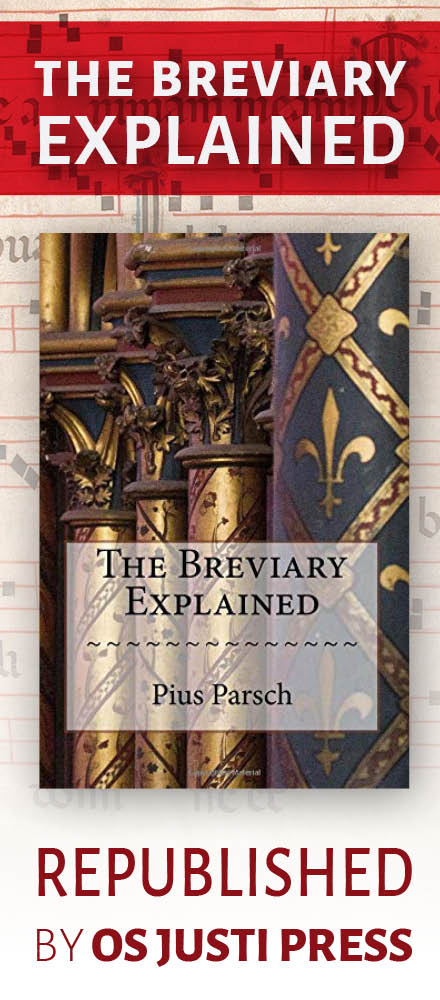Continuing our mini-series of historical photographs that have some liturgical interest, I present to you two from the Ambrosian rite.
(I shall note immediately that the majority of the information presented here comes from Nicola de Grandi, our resident Ambrosian rite expert.)
The first here is Blessed Cardinal Schuster, giving Benediction:
Other than Blessed Cardinal Schuster himself, what helps identify this as "Ambrosian" are a couple of things.
For one, you will note the cardinal's alb has the grammatae on it; an apparel. Apparels are not unique to the Ambrosian rite of course, but they are typical in it -- and as my own personal aside, the use of it on the lace alb is something that I have tended to see mainly in the Ambrosian rite.
The other thing notable here is the monstrance, whose shape is typical for the Ambrosian rite. Not that this form is specifically Ambrosian, rather it is a case of an otherwise more common form of monstrance as found in the middle ages and renaissance that the Ambrosian rite simply didn't change.
The second picture is taken in the Metropolitan Cathedral of Milan and is of Archbishop Montini (the future Pope Paul VI) assisting "in cappa" at a Pontifical Mass celebrated by the Canons of the Metropolitan Chapter.
The Canons of the Metropolitan Chapter were given the right of pontificals even though they are not bishops. Nicola informs me that this was officially sanctioned by Clement XI and Alexander VII, but the custom itself was established much earlier.
Aside from the Canons celebrating the Mass, some of the assisting Canons can be seen in the choir stalls and you will note they are wearing an ermine cappa.
There are four prelates wearing the mantelletta on the left; these are auxiliary bishops. You will note that they are not wearing birettas. In the Ambrosian Rite, no priest assisting in choro covers his head during Mass.
The priest standing on the right in the photo is Msgr. Borella, Archiepiscopal Master of Ceremonies, wearing the traditional purple "toga magistrale".
Thanks again to Nicola for this information.




















